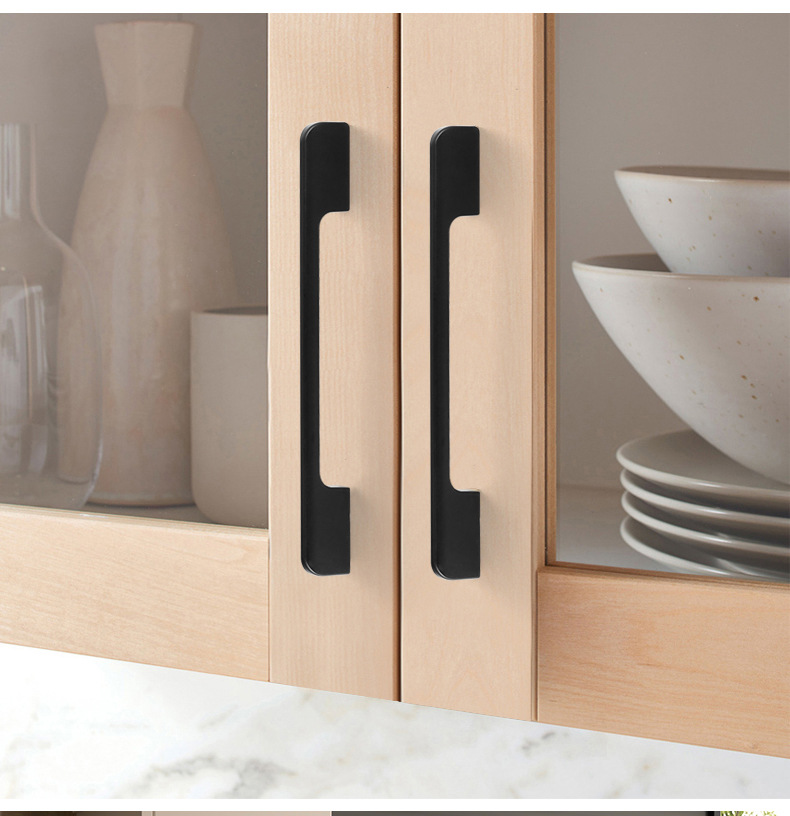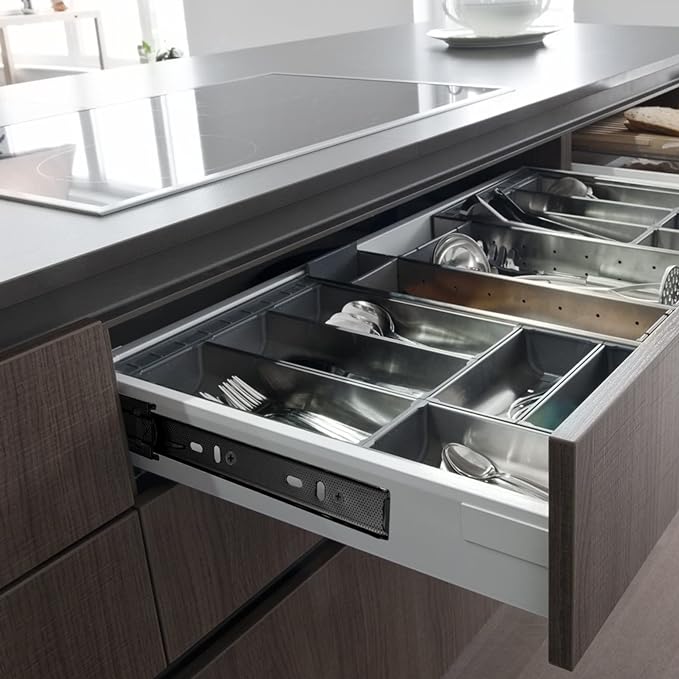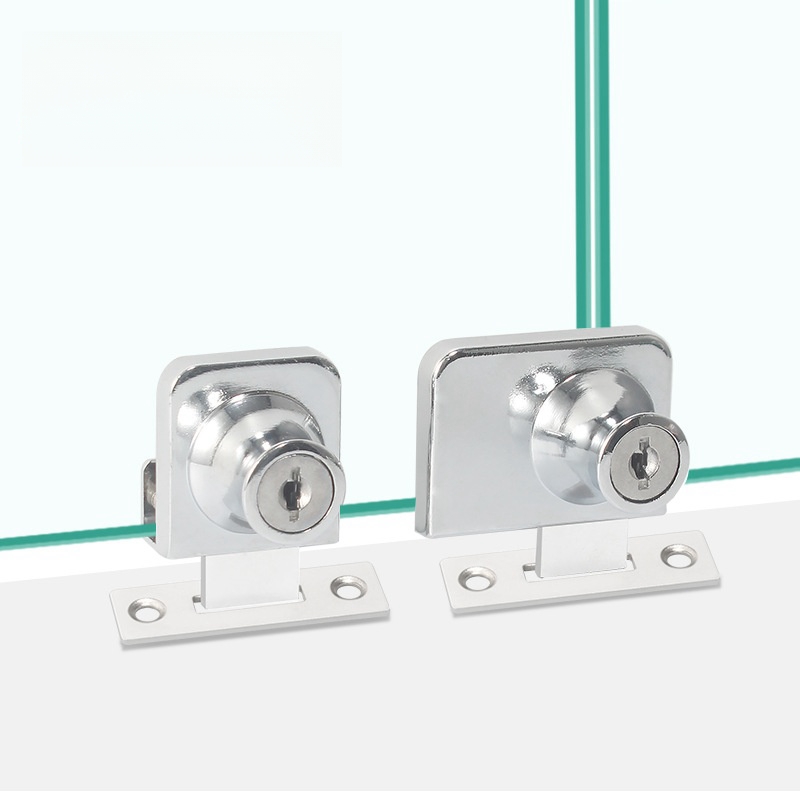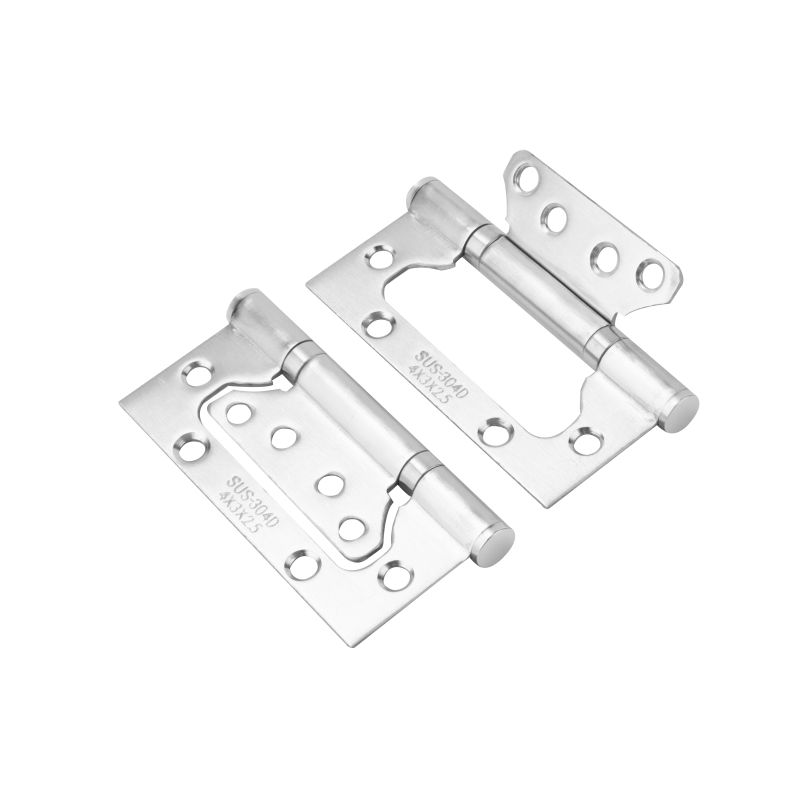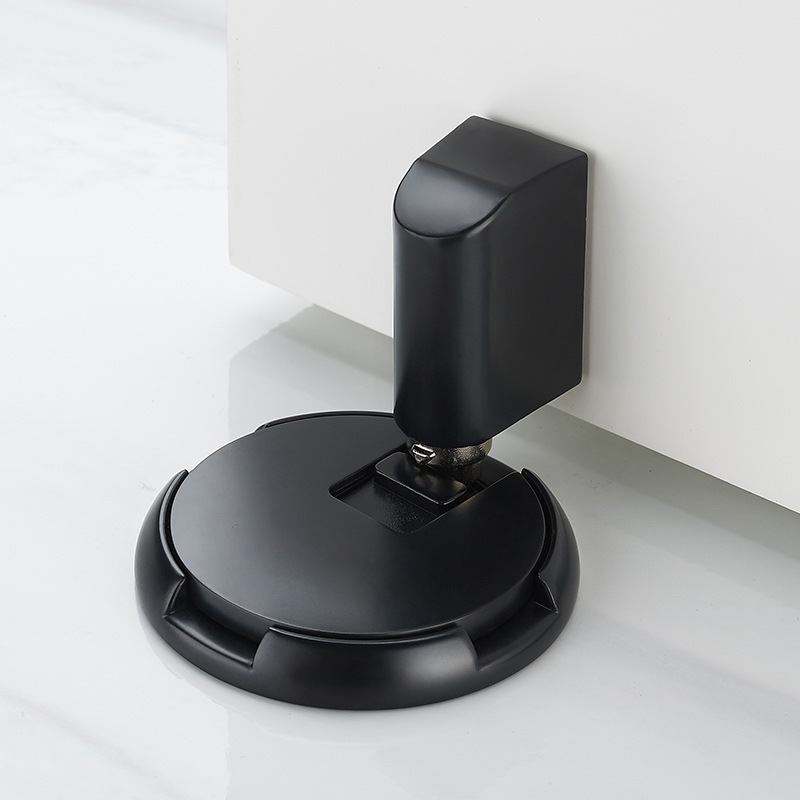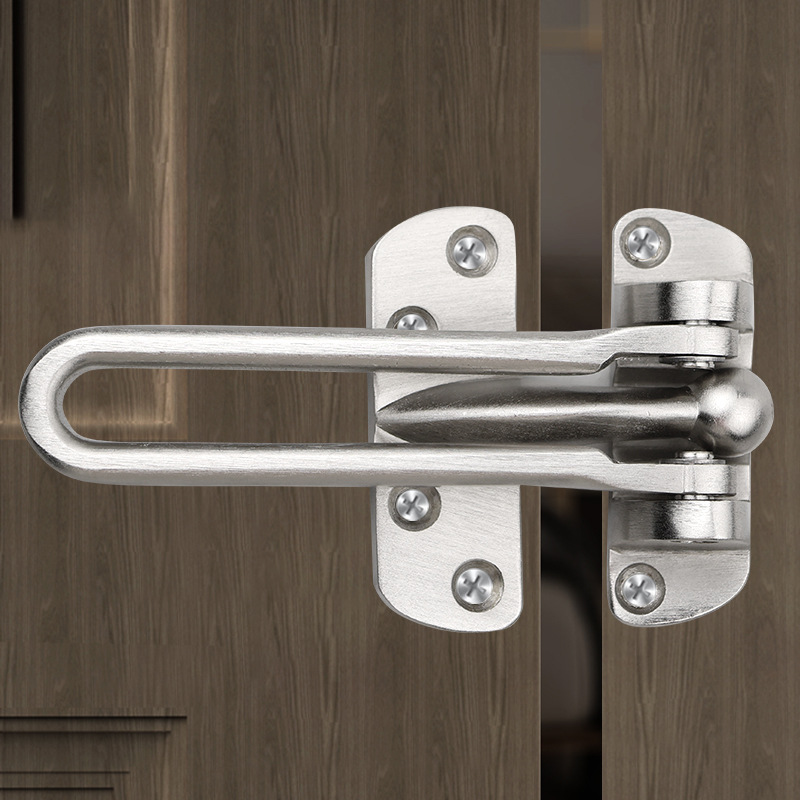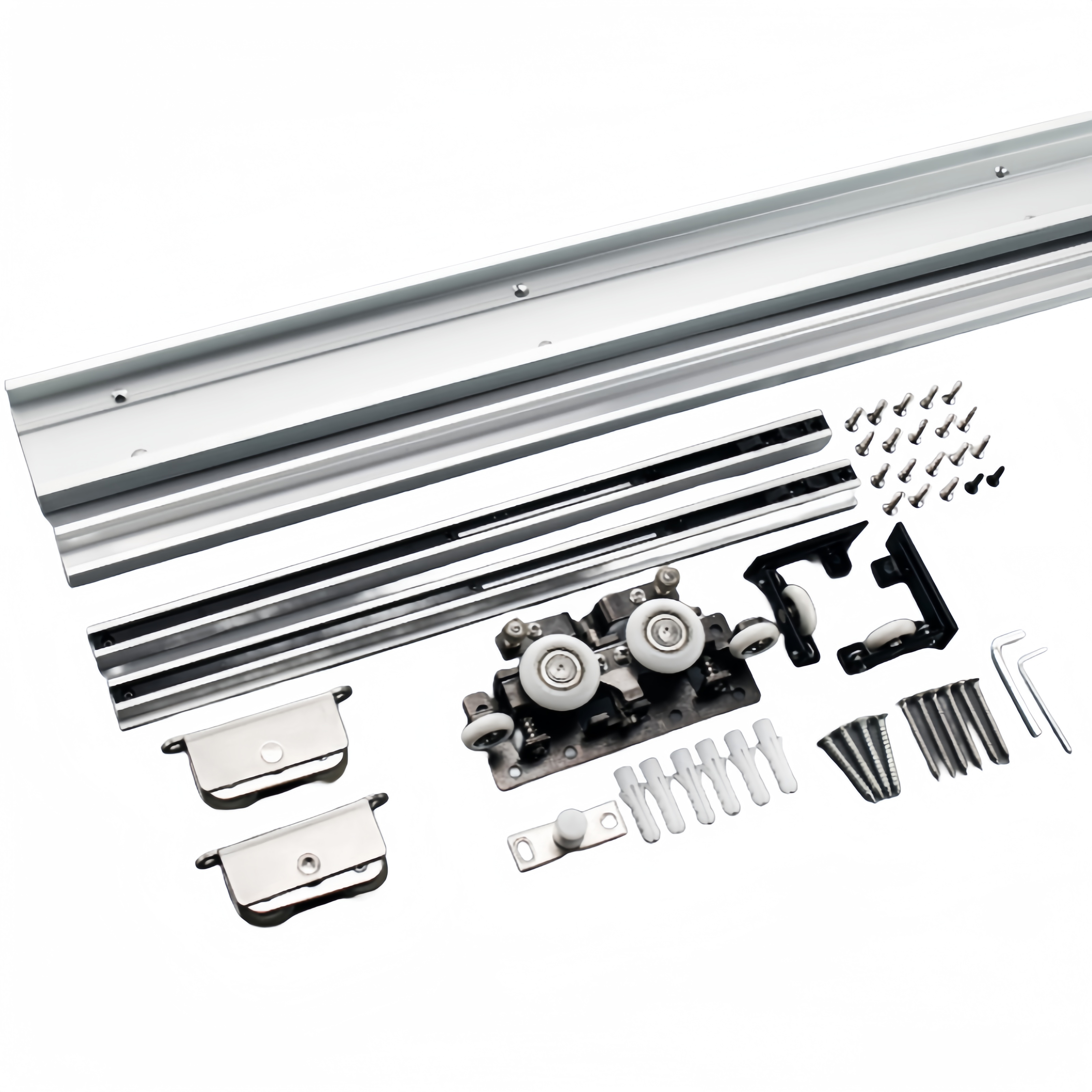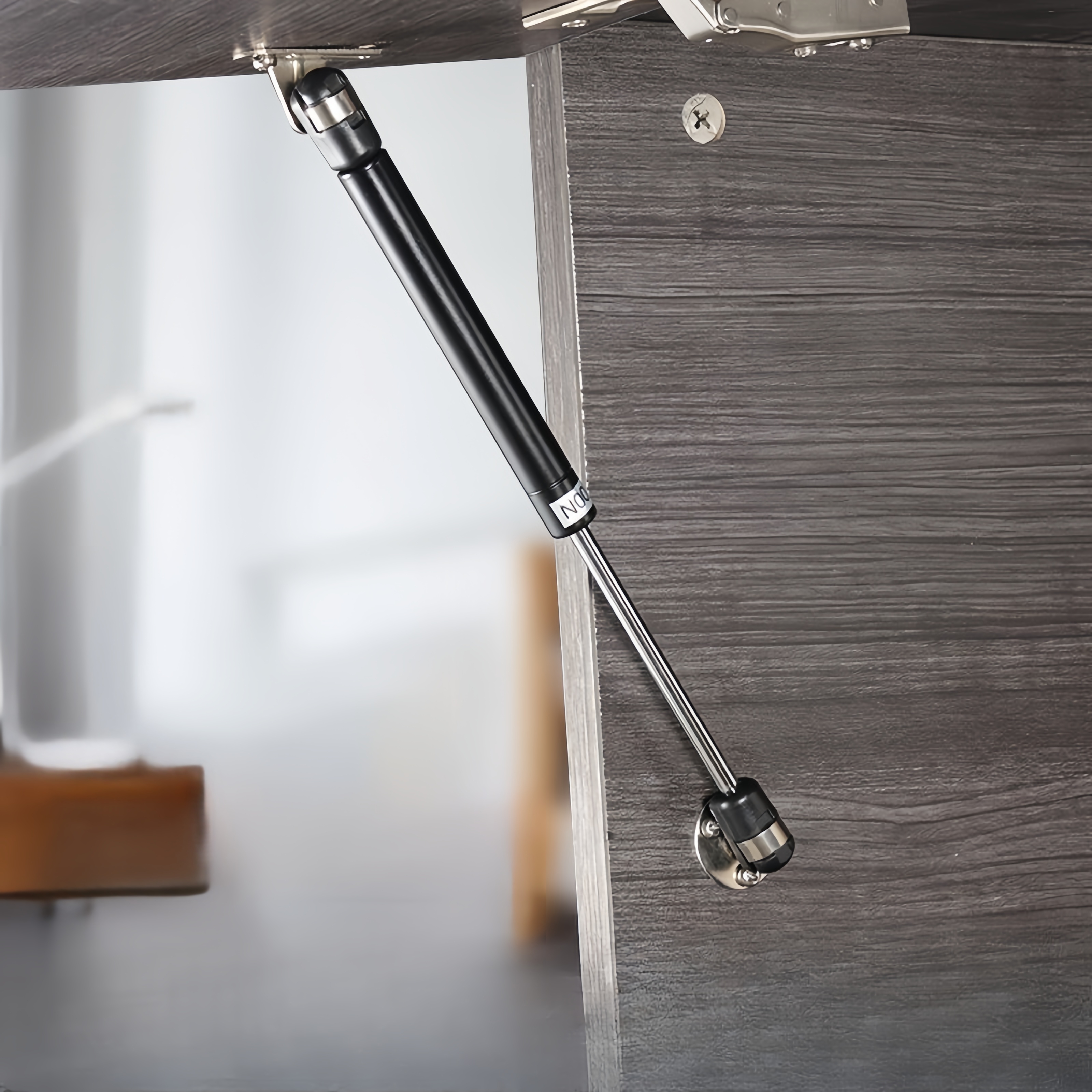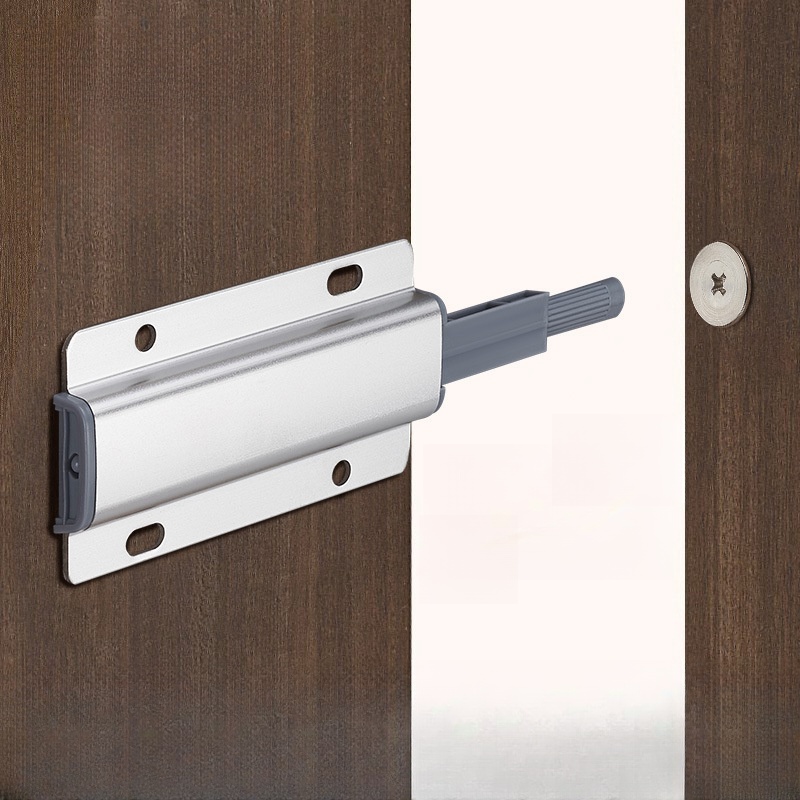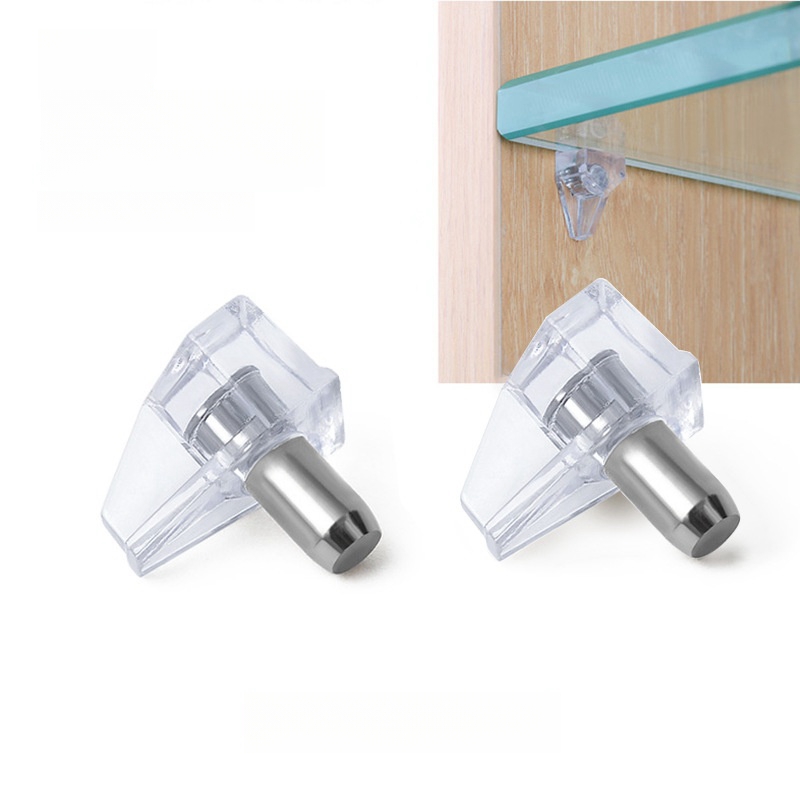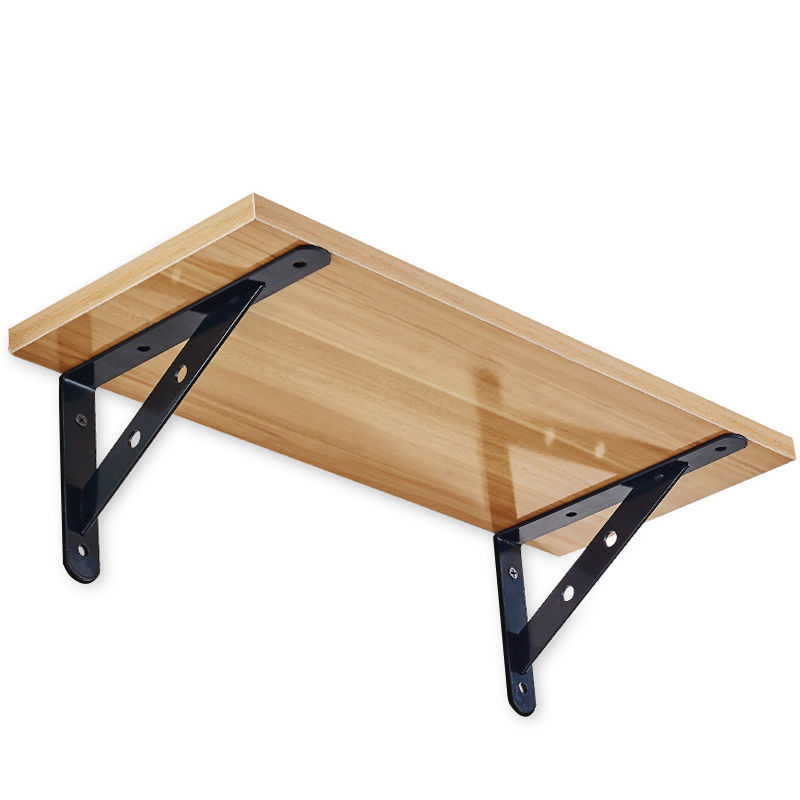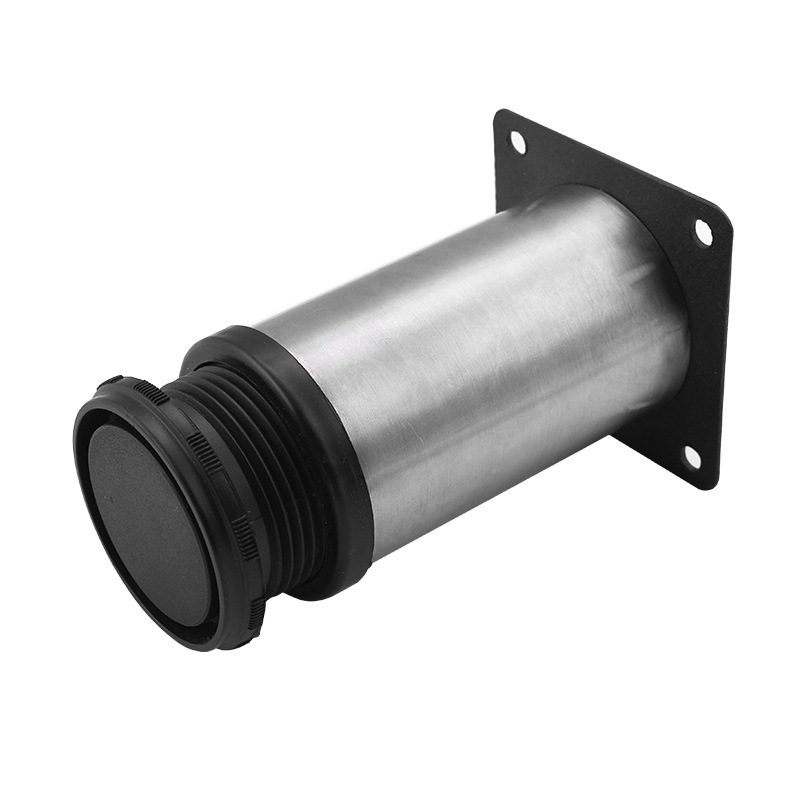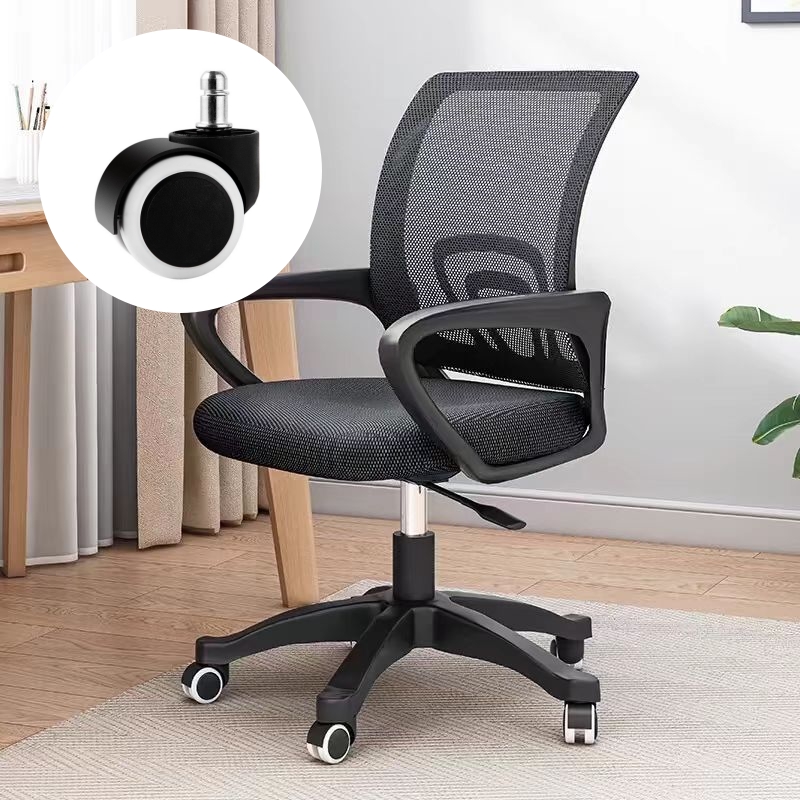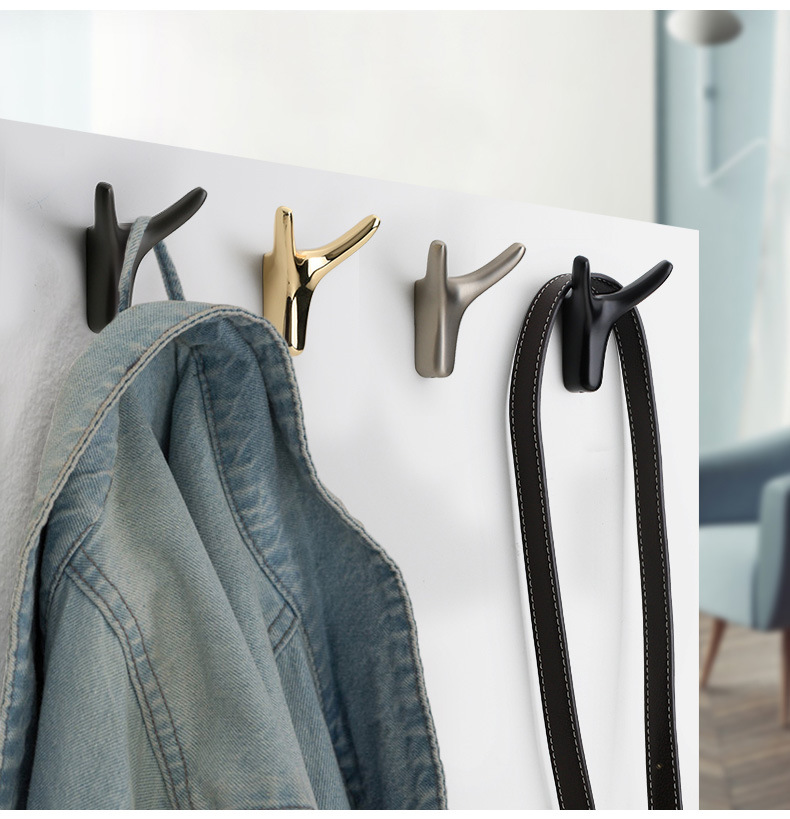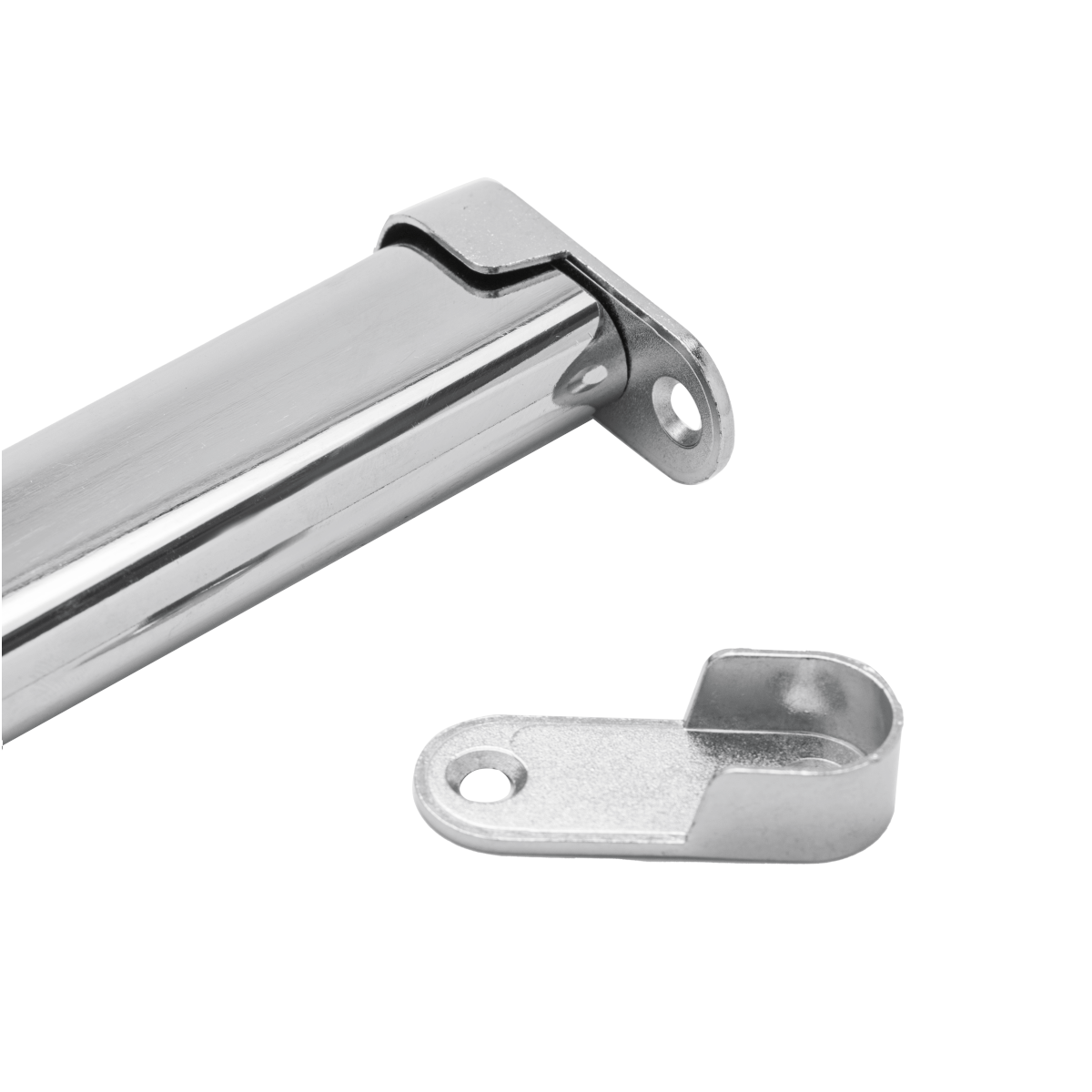
ABOUT
Guangzhou Toplink hardware Co., Ltd specialized in the production and export of furniture hardware fittings, with an experience of more than 14 years.
Our main products are drawer locks, cabinet hinges, sliding rails, cabinet handles, casters, cabinet legs and connecting fittings etc..
With a complete range of products, excellent performance and reasonable prices we have built up business with many customers all over the world.
We are committed to strict quality control and considerate customer service. We sincerely looking forward to becoming your best choice and the most reliable partner!
PRODUCTS
door handle hardware part names
The Core Components: Latch, Strike Plate, and Handle
The heart of any door handle system lies in its latch mechanism. This is the component responsible for securing the door when closed. The latch itself is typically a retractable bolt that extends into a corresponding receptacle, the strike plate, embedded in the door jamb. The strike plate, usually made of metal, features a hole that perfectly aligns with the latch bolt, allowing for smooth engagement and disengagement. Different latch mechanisms exist, including spring-loaded latches for standard doors and deadbolt latches, which provide additional security requiring a key or thumb turn to operate.
The handle itself, whether a knob, lever, or pull handle, is the part we directly interact with. Handles are designed for ergonomics and ease of use, coming in various styles to complement different design aesthetics. The handle's connection to the latch mechanism varies depending on the type of handle and the interior door handle mechanism. Some handles directly operate the latch, while others use a separate spindle or rod to transmit the turning motion to the latch bolt.
Understanding the interaction between these three parts – latch, strike plate, and handle – is fundamental to understanding the entire door handle assembly. A malfunction in any of these key components can render the door insecure or unusable, highlighting the importance of regular inspection and maintenance.
Internal Mechanisms: Spindles, Screws, and Fasteners
Beyond the visible components, several internal mechanisms contribute to the smooth operation of a door handle. The spindle is a crucial part, acting as a connecting rod between the handle and the latch mechanism. It transmits the rotational force from the handle to retract or extend the latch bolt. The spindle is often concealed within the door and its length is precisely designed to accommodate the thickness of the door. Improper spindle length can hinder the latch's proper function.
Various screws and fasteners secure the different parts together. These include screws that attach the handle to the door, screws that fasten the strike plate to the door jamb, and screws that hold the latch mechanism in place within the door. The type and size of screws used depend on the specific door handle design and material. Using the wrong screws can weaken the assembly, leading to potential failure or security risks.
The quality of these internal components significantly influences the overall durability and longevity of the door handle. High-quality spindles, screws, and fasteners made from robust materials are essential for ensuring a reliable and long-lasting door handle system. Using inferior components can lead to premature wear and tear, potentially requiring costly repairs or replacements.
External Features: Roses and Backsets
The aesthetic appeal of a door handle is significantly influenced by its external features, primarily the roses. Roses are the decorative plates that surround the handle and spindle, concealing the mounting screws and providing a finished look. They are available in various materials, such as brass, stainless steel, or porcelain, and in a range of styles to match different design preferences. They add a touch of elegance and sophistication to the overall design.
The backset, often overlooked, is the distance between the edge of the door and the center of the handle's mounting hole. It's a crucial dimension for selecting the correct door handle and ensuring proper fit and functionality. Different doors have different backset dimensions, and using the wrong backset can prevent the handle from operating correctly. Precise backset measurement is essential for a successful door handle installation.
Choosing the right roses and ensuring the correct backset are essential for both the functionality and the aesthetics of the door handle system. The correct backset ensures that the latch engages properly with the strike plate, while the roses add the finishing touch to the overall appearance of the handle, enhancing the beauty and style of the door.
Types of Door Handles and their Specific Parts
The specific parts of a door handle can vary depending on the type of handle. Lever handles, for example, typically use a cam mechanism to operate the latch, whereas knob handles rely on a more direct rotational movement. Deadbolt handles, designed for increased security, have additional components like a locking mechanism and key cylinder. Each type presents a unique set of parts and functions, highlighting the complexity within seemingly simple mechanisms.
Understanding the nuances of different handle types allows for informed choices when selecting or repairing a door handle. A thorough understanding of the individual parts and their functions aids in accurate identification of problems and the selection of replacement parts. Whether dealing with a lever handle, a knob handle, or a deadbolt, knowing the specific components involved ensures efficient troubleshooting and repairs.
This knowledge is not only beneficial for homeowners but also for professionals, enabling them to provide more accurate assessments and effective solutions for any door handle-related issues. It fosters a better understanding of the design and functionality of these critical components of our homes and buildings.
SUBSCRIBE
INQUIRY
